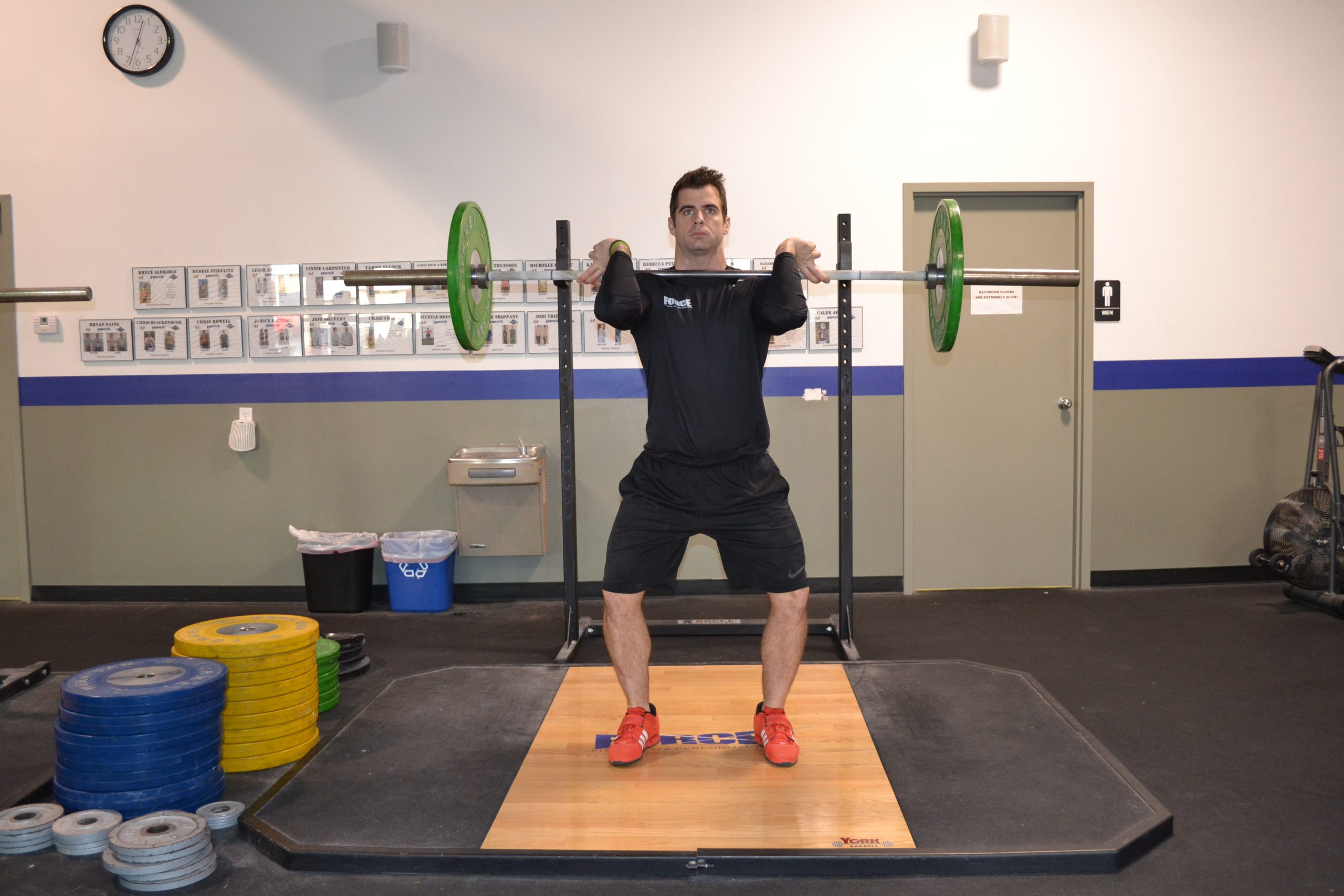Split Cleans and Snatches:
You need to try these out
By: Wil Fleming
“As to methods there may be million and then some, but principles are few. The man who grasps principles can successfully select his own methods. The man who tries methods, ignoring principles, is sure to have trouble”
Ralph Waldo Emerson
In training my principles are fairly simple:
Make athletes as explosive as possible, use Olympic lifts when possible, periodize work, and teach at every possible turn.
My methods vary from athlete to athlete and one of my favorite things is finding something new to add into a program that may be to the benefit of my clients.
Recently I have been playing around with a couple of great new movements.
A disclaimer is that they are new to me in regards to the benefits of their application or the way in which they are performed. Each movement has been around a long time, but revisiting them now has really helped develop power and explosive strength for my athletes.
What are the two “new” movements?
The split snatch and split clean. Simple variations of the Olympic lifts can open new doors to the performance of your athletes.
So what are the advantages of the split lifts and what are the coaching cues to make your athletes proficient at these lifts?
Advantages
Decreased base of support in the catch:
Athletes are very comfortable in the bi-lateral position that most Olympic lifts are received. By moving the base of support in and into a different plane the athletes have to stabilize to a greater degree on the catch. Anecdotally this will increase stability in the knee on the front leg, and increase the need for ankle mobility on the back leg, both of which are indicative of lower injury rates in sports.
Increased similarity to athletic movements:
Receiving the bar in the split position more closely resembles the unilateral stance that athletes will often see themselves in athletics. This stance teaches athletes to absorb force on one leg similar to what would be seen in sprinting. Catching the bar in the split stance is asymmetric and cyclical similar to the sprint motion.
Decreased loading:
For most athletes completing the Olympic lifts in the split position will require them to decrease the load they use on the bar. This means that there can be a corresponding increase in focus on technique and also on bar speed. That makes the split lifts a great movement to program during recovery weeks or de-loading weeks.
Cues
Quite simply catching the bar in the split stance requires the athlete to drive the front foot forward and the back foot backward.
It is important that the timing of the lift has the athlete racking the bar (at the chest or overhead) at the same moment that their front foot re-contacts the ground. They should.
The front foot should go forward 12 inches and land flat, with the front leg in a bent receiving position. The athlete should work on “shooting” their rear leg back in what amounts to a kickstand position with only a slightly bent rear leg. This is different than the Olympic lifting technique of squatting under the bar or receiving it in a bilateral position. We want athletes to receive the bar in a tall position.
Split lifts are used for their athletic advantages not for extreme loading so there should be little concern for using the dominant leg, each leg should be used for an equal number of repetitions or equal number of sets. This develops balance for the athletes in the single leg stance.
Split Olympic lifts can be used the next time your athletes need some variation in the program on the spot or can be programmed in to the program of nearly all athletes. Try them out and see your athletes develop greater power.
 The Olympic lifts are simpler than many think, but definitely not easy. After some thorough teaching (as detailed in my DVD Complete Olympic Lifting) you can incorporate some of these strategies to get you on the path to Olympic lifting dominance.
The Olympic lifts are simpler than many think, but definitely not easy. After some thorough teaching (as detailed in my DVD Complete Olympic Lifting) you can incorporate some of these strategies to get you on the path to Olympic lifting dominance.



0 Comments for “The Best New Olympic Lifts”